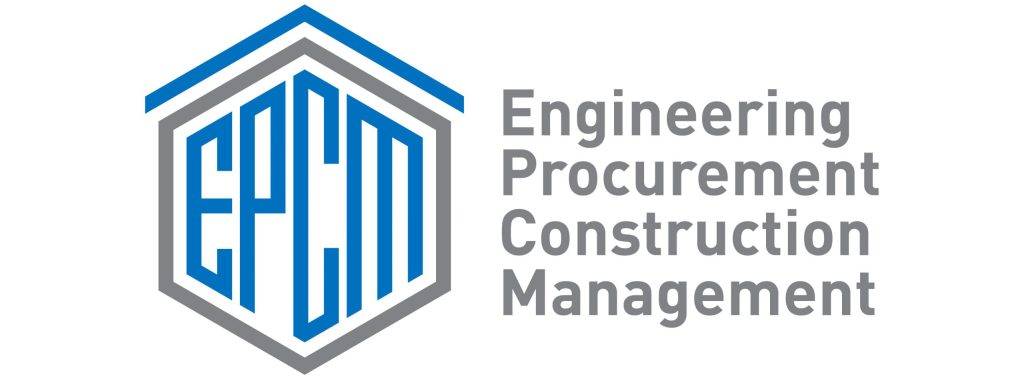The Canadian Engineering, Procurement, and Construction (EPC) sector is a dynamic landscape, constantly evolving to meet the demands of a changing world. Looking ahead to 2025, several key trends are poised to reshape how projects are conceived, executed, and delivered. This post explores some of the major forces influencing the Canadian EPC landscape.
Technological Advancements: The Digital Revolution Continues
Technology remains a primary driver of change in the EPC sector. In 2025, we can expect to see further integration and refinement of existing technologies, alongside the emergence of new ones:
- Building Information Modeling (BIM): BIM’s adoption will move beyond basic 3D modeling to encompass more sophisticated applications, including 4D (time), 5D (cost), and even 6D (sustainability) modeling. This will enable better project planning, clash detection, and lifecycle management.
- Artificial Intelligence (AI) and Machine Learning (ML): AI and ML are already making inroads in areas like predictive maintenance, risk assessment, and process optimization. In 2025, we’ll likely see more sophisticated applications, such as AI-powered project scheduling and automated design generation.
- Digital Twins: Creating digital replicas of physical assets will become increasingly common. These digital twins will allow for real-time monitoring, simulation, and optimization of project performance, leading to improved efficiency and reduced downtime.
- Modular Construction and Prefabrication: Off-site construction methods are gaining traction due to their potential for faster project delivery, improved quality control, and reduced costs. We can expect to see increased adoption of modular and prefabricated components in various project types.
- Virtual and Augmented Reality (VR/AR): VR/AR technologies will play a greater role in project visualization, training, and construction management. Workers will be able to interact with digital models in immersive environments, leading to better understanding and fewer errors.
Sustainability Initiatives: Building a Greener Future
Sustainability is no longer a buzzword; it’s a core principle driving decision-making in the Canadian EPC sector. In 2025, expect a stronger focus on:
- Net-Zero Construction: The push for net-zero buildings and infrastructure will intensify, driving demand for innovative design and construction techniques, as well as the use of sustainable materials.
- Renewable Energy Integration: Projects will increasingly incorporate renewable energy sources, such as solar, wind, and geothermal, to reduce their environmental footprint.
- Carbon Capture and Storage: For projects in industries like oil and gas, carbon capture and storage technologies will be crucial for mitigating greenhouse gas emissions.
- Circular Economy Principles: Adopting circular economy principles, such as waste reduction, reuse, and recycling, will become more prevalent in construction practices.
- Environmental, Social, and Governance (ESG) Reporting: Investors and stakeholders are increasingly demanding transparency in ESG performance. EPC companies will need to demonstrate their commitment to sustainability through robust reporting and disclosure.
Economic Factors: Navigating a Complex Landscape
Economic conditions will continue to play a significant role in shaping the Canadian EPC sector. Key factors to watch include:
- Infrastructure Investment: Government investments in infrastructure projects will be a major driver of demand for EPC services. Focus areas will likely include transportation, energy, and digital infrastructure.
- Resource Prices: Fluctuations in commodity prices, particularly for oil and gas, will continue to impact investment decisions in the resource sector.
- Interest Rates and Inflation: Rising interest rates and inflationary pressures can affect project financing and overall construction costs.
- Skilled Labor Shortages: Addressing the skills gap in the construction industry will be crucial for ensuring project success. Companies will need to invest in training and development programs to attract and retain talent.
- Supply Chain Disruptions: Global supply chain challenges are likely to persist, requiring EPC companies to adopt more resilient and diversified sourcing strategies.
Looking Ahead
The Canadian EPC sector in 2025 will be characterized by a greater emphasis on technology, sustainability, and efficiency. Companies that embrace these trends and adapt to the changing economic landscape will be best positioned for success. By staying informed and investing in innovation, the Canadian EPC sector can continue to deliver world-class projects and contribute to a prosperous and sustainable future.
This blog post provides a snapshot of the key trends shaping the Canadian EPC sector in 2025. It is essential for industry professionals to stay abreast of these developments and adapt their strategies accordingly. We encourage you to share your thoughts and insights on these trends in the comments section below.

